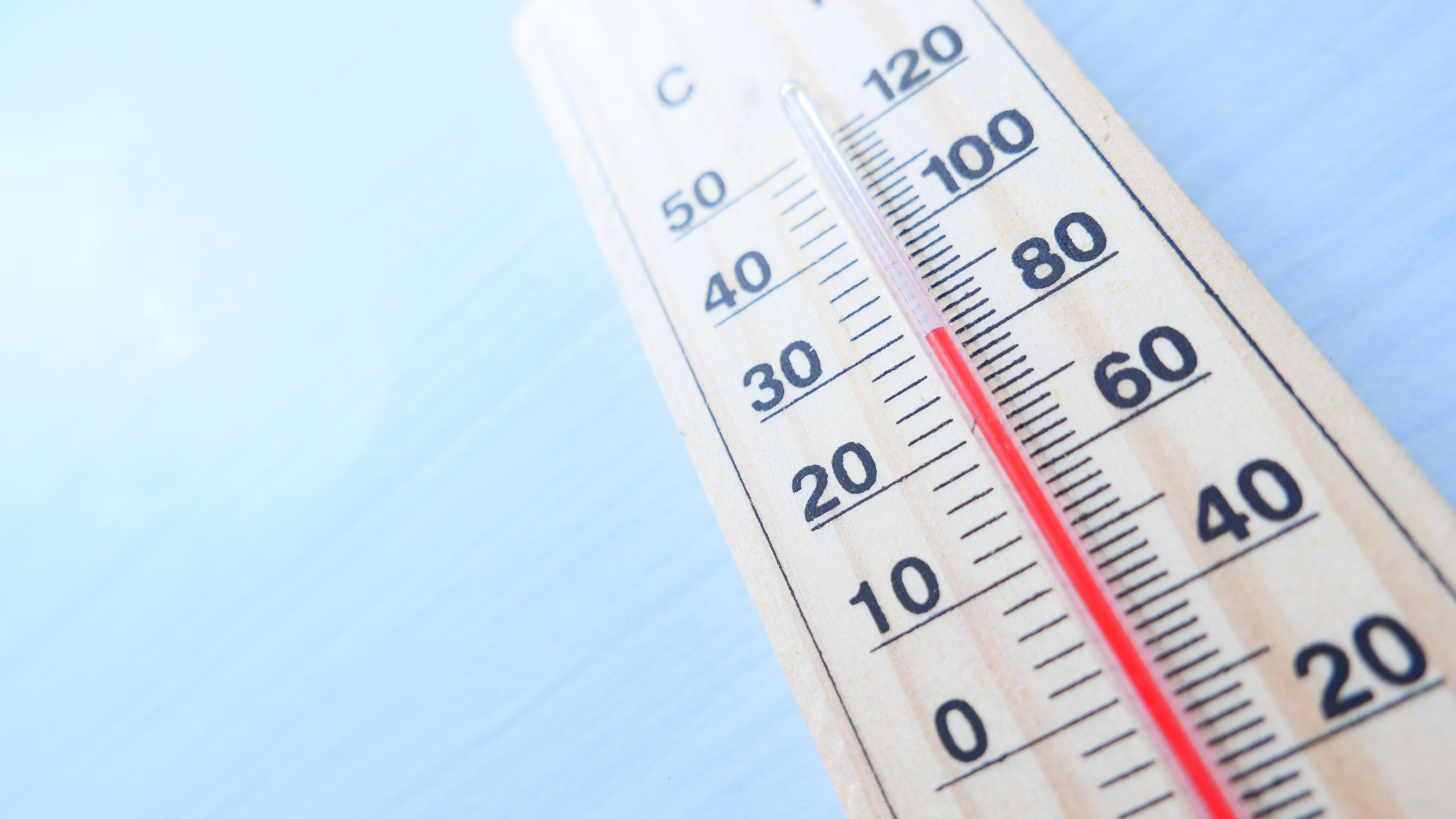
The sun is shining, flowers are blooming, and the spring housing market is heating up—right? Once the market cooled off at the end of 2022, real estate experts predicted the 2023 housing market to warm up in the spring months. However, as inventory remains low and mortgage rates rise, some people are starting to fear for another housing market crash.
Not to worry! Keep reading to learn why you shouldn’t fear the worst for the 2023 housing market.

Let’s look back at 2008.
- Slipping Mortgage Standards. If you look back at the statistics in 2008, it’s easy to see that nearly anyone could get a mortgage for a home they couldn’t afford. Banks were creating artificial demand by granting loans with few restrictions. This led to many homeowners defaulting on their loans and ushering in a new wave of foreclosures. The economy took a huge hit from all these loans crumbling beneath faulty restrictions—and luckily, the mortgage industry has taken many steps to learn from their errors in the past.
- Overflowing Inventory. Because of the banks’ artificial demand, homes were being built right and left for anyone who would buy them. Then, once the foreclosures hit the market, there were too many homes and not enough demand—forcing national home prices to plummet at an alarming speed.
So, what’s the deal today?
1. Unsteady Interest Rates. Many experts predicted the mortgage rates to ease-off at the end of 2022 and into early 2023, but the recent hikes in the market are starting to turn some heads. These increasing mortgage rates are still a direct result from increasing inflation.
The Feds are keeping a close eye on the rates as they continue to asses the nation’s inflation. So, it’s possible to see the rates yo-yo up and down throughout the beginning of the year as the Feds decide when to conclude the uptick in mortgage rates.

2. Sellers Are “Rate Locked”. What do we mean by “rate locked”? A large portion of the nation’s homeowners are sitting on a mortgage rate around 4% or lower, and they are hesitant to enter the market and swap their rate for the current percentage. This has contributed to another shortage of inventory as we ease into the warmer months of the year.
How can this benefit you?
As we compare the current market trends to the housing bubble of 2008, it’s clear that we are tackling much different hurdles—and luckily, these seem to be temporary trials. Experts foresee the mortgage rates leveling out throughout the year as the market picks up in the spring and summer months.
And as for home prices, we are still experiencing a shortage of inventory. As long as demand outweighs supply, you can expect your home to continue to appreciate, even if it’s at a slower pace than the last few years.
Buyers. We’re seeing an influx of buyers pull out of the market now that the interest rates are peaking once again. However, this is a great opportunity to hunt for a home while there’s less competition. And with so many builders offering new-build incentives, now is a great time to sneak into the market while the waters are calm. Lisa Sturtevant, Chief Economist at Bright MLS, spells out the mindset of today’s buyers:
“For some buyers, higher mortgage rates will be a hurdle but ultimately will not keep them from getting back into the market after sitting on the sidelines for months.”
Sellers. Whenever there’s an inventory shortage, you can always expect the market to work in your favor. With less people willing to sell, you will stand out to prospective buyers. Jeff Tucker, Senior Economist at Zillow, says:
“. . . sellers who price and market their home competitively shouldn’t have a problem finding a buyer.”
All in all, the increase in mortgage rates have caused some waves in the housing market, but we expect the market to settle into calmer waters as the year progresses. If you are looking to buy or sell your home in the coming months, it is always beneficial to work with an experienced agent to guide you through the ups and downs of the market. We are always happy to assist with your real estate needs.
